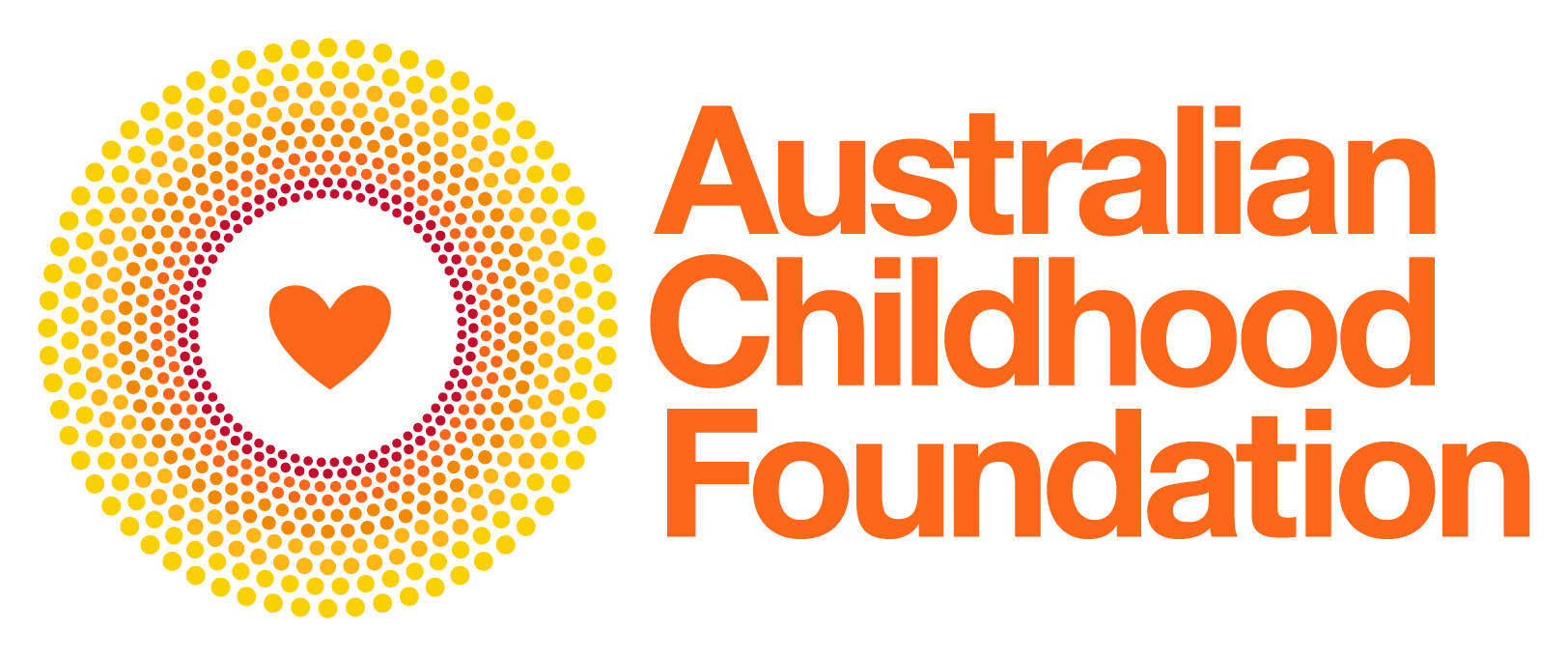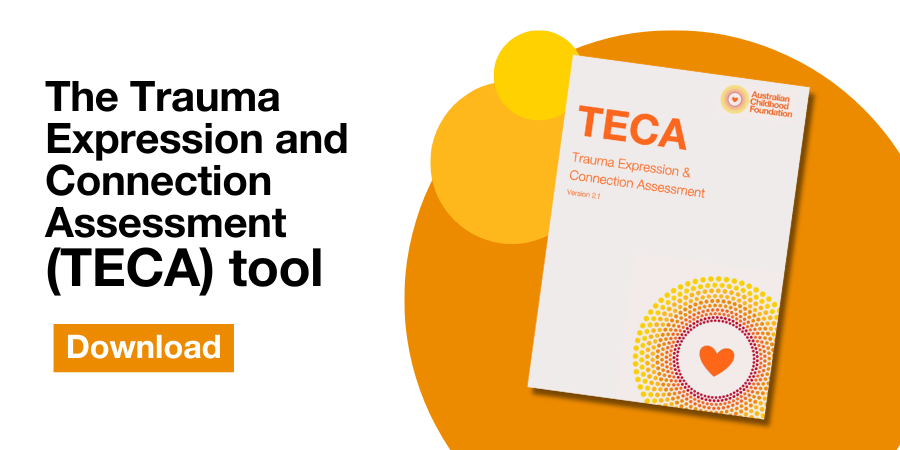
The Trauma Expression and Connection Assessment (TECA) – A tool to support healing and connection
‘The Trauma Expression and Connection Assessment (TECA) – A new tool to support healing and connection’ blog article was written by Sue Buratti, General Manager, Therapeutic Services at Australian Childhood Foundation.
Despite the growing body of knowledge in trauma-sensitive approaches, there can be a tendency to rely on behavioural assessments, which can unwittingly characterise traumatised children and young people as the problem.
Children form their sense of self in the context of their relationships.
When these relationships are unsafe or threatening, children’s nervous systems can become reactive. If trauma can be assessed and intervened initially from a biological perspective rather than a behavioural one, we can settle the same states of arousal that inhibit children from engaging in relationships that can be a resource for their healing.
There can be confusion regarding the application of practices that have foundations in the child’s best interests, inclusive of assessments that consider nonverbal trauma expressions as indicators of psychological distress.
It is commonly understood that children express their traumatic states via their behaviours; however, the professional systems that support them can discount these expressions and miss the essential signals these children are showing when they do not have the words to express their fear or confusion. Children’s trauma-based behaviours are an attempt at co-regulation and emotional soothing.
Co-regulation is how adults can use their calm state and undertake strategies, such as the activities provided in our Trauma Expression and Connection Assessment (TECA) guide, to bring a child back into a state of regulation.
If a safe adult can provide a response that calms the child’s anguish, it can mitigate an escalation and create an opportunity to deepen the connection.
These moments of repair are essential for both the adult and child, as they build patterns of safety that can be relied on during future ruptures.
The OurSPACE team have designed the TECA tool to help support co-regulation, decreasing a child or young person’s trauma behaviours and symptomology by recommending prescribed therapeutic responses that are matched to their needs.
Fight, Flight, Freeze and Fawn are used to categorise the behavioural responses a child or young person’s body has gone into. Our body’s stress response system will activate and send us into a fight, flight, freeze or fawn response in response to trauma.
By knowing which response the child or young person goes into, we can provide appropriate therapeutic recommendations for co-regulation.
- Fight resembles the body preparing to go into battle/fight.
- Flight appears as if the body is preparing to run away or flee from the danger.
- Freeze evokes the body to stop, pause and disconnect from the actual or perceived threat. Freezing separates the body from the trauma it is experiencing.
- Fawn appears as submission and appeasing behaviour, as the child or young person attempts to please the person in charge/the person with power and control to avoid the danger/conflict.
The TECA tool can help determine which domain a child may be expressing and recommend an activity to assist relational repair and regulation.
Interested in learning more about the TECA tool?
If you would like training on the TECA tool or more information about the Foundation’s OurSPACE program, please contact the team at 1300 381 581 or via intakeourspace@childhood.org.au.

